
In the fall, we reported on the sensational return of the blue mussel along the Swedish west coast. The mussel beds have spread to an extent where we have to go back in time to find an equivalent. But this has also created conditions for another species that feeds mainly on mussels - the common starfish, Asterias rubens. They have now invaded the mussel beds in an almost explosive way. And they have been joined by other species in the clam feast. Clams have a sophisticated way of escaping from predators, but starfish, on the other hand, have developed a counter-weapon. Join us on the battlefield of the west coast!

There have been rumours of large mysterious jelly balls floating around in the sea. For a long time, they have puzzled scientists. From northern Norway to the Mediterranean, around 100 records have been made since 1985. And three of these in Sweden. Our underwater photographer Tobias Dahlin has now made a fourth find, in the Gullmarsfjord in Bohuslän on the Swedish west coast, and he had his camera with him. We also meet Halldis Ringvold, a Norwegian marine biologist, who in 2021 revealed what's really hidden inside the meter-long wondrous balls.
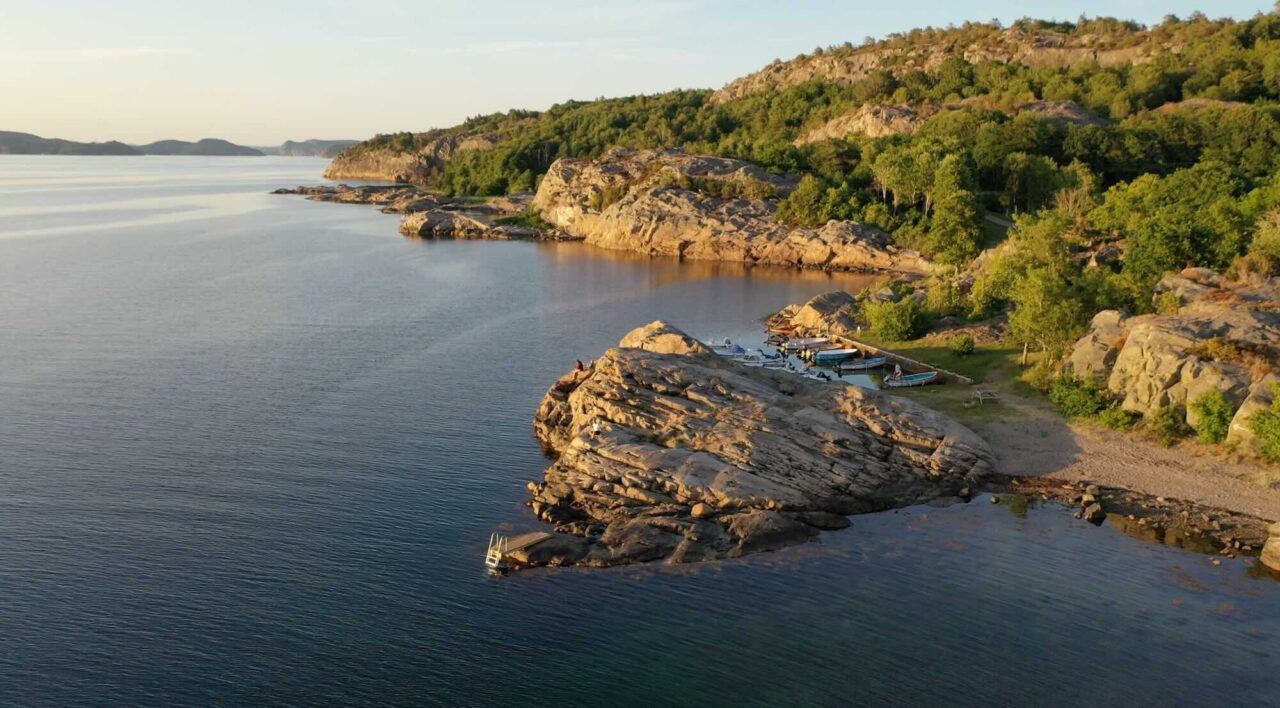
On Sweden's west coast lies the Western Sea with Sweden's saltiest water and the largest marine biodiversity. The Western Sea includes both Kattegat, Skagerrak, and the Øresund and is home to species such as mackerel, kelp, octopus, sea stars, corals, dolphins, and a total of 17 species of sharks.
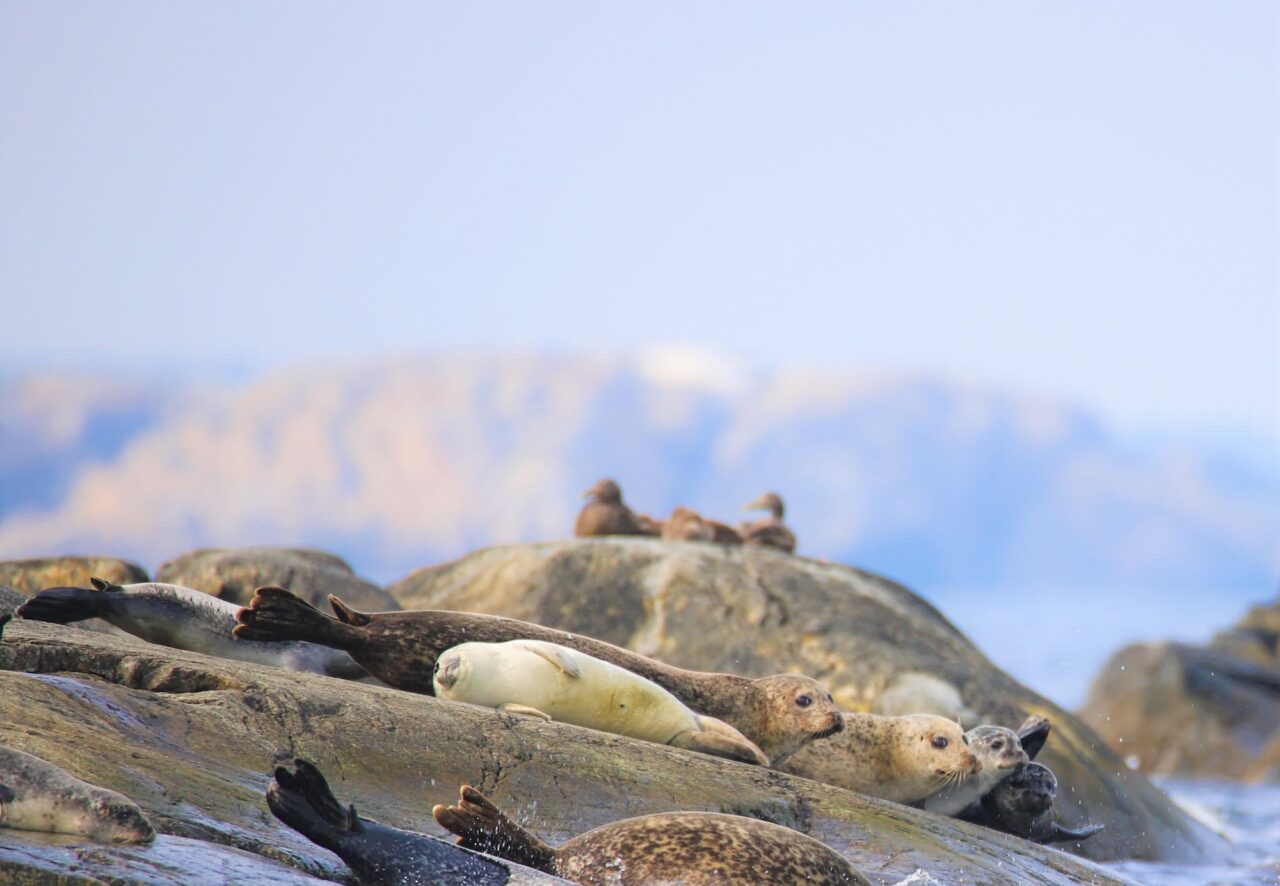
Researchers have now established that the harbor seals in the Kosterhavet area are becoming increasingly scarce. Last year, only half of the females gave birth to pups. This is according to research from the University of Gothenburg, following this year's seal count. – We were very surprised. These low numbers cannot be dismissed year after year, says Karin Hårding, professor of zoological ecology at the University of Gothenburg and the leader of the project.
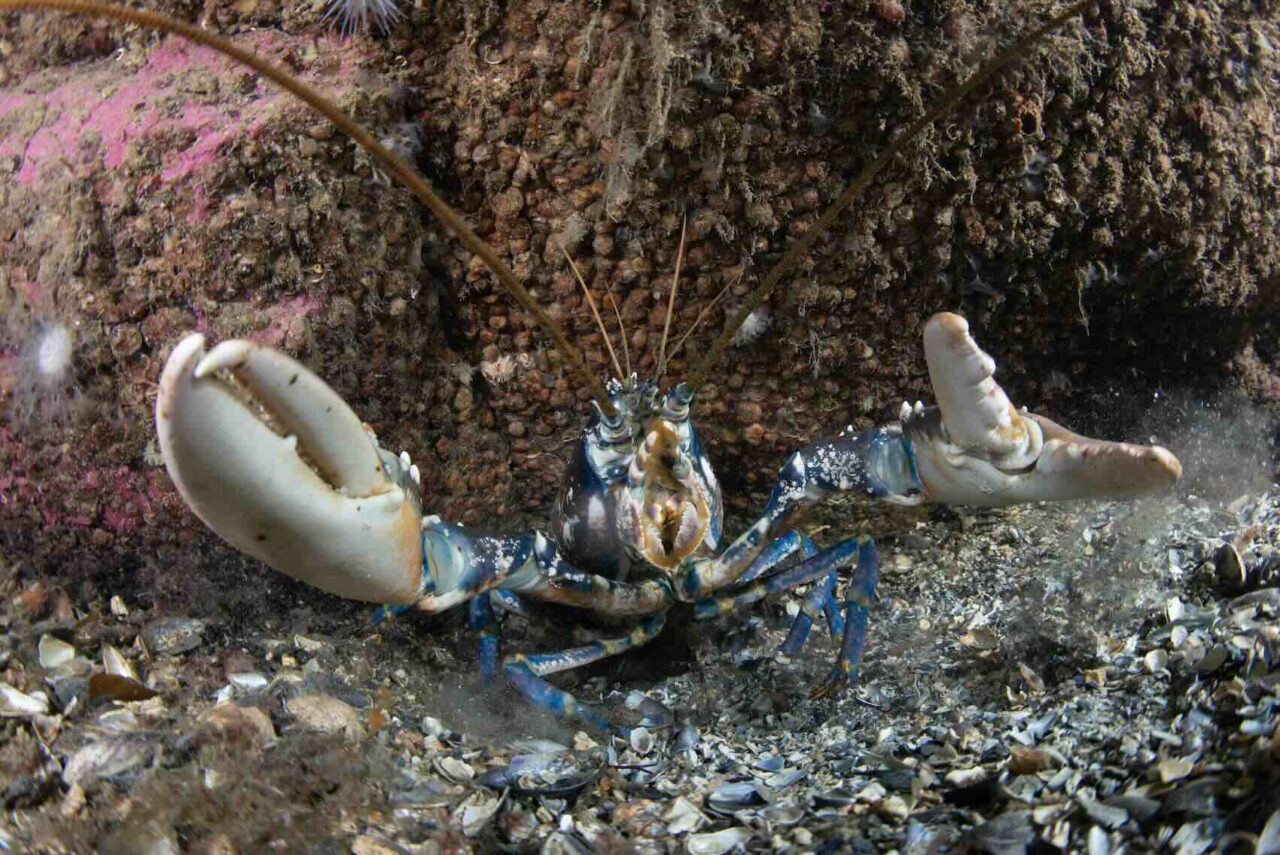
In 2023, relatively many lobsters were caught in the Swedish and Norwegian waters, but this was not because the number of lobsters has increased, on the contrary.
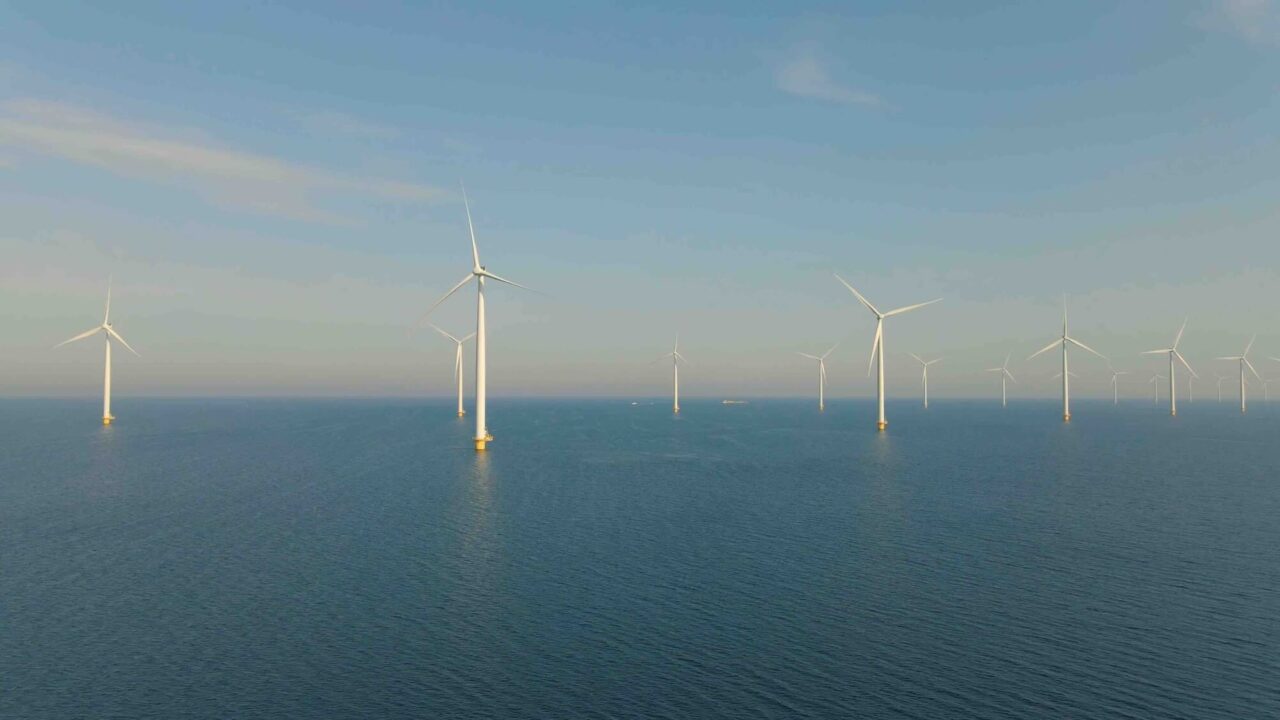
When two large wind farms were planned in the sea on the Swedish west coast, the shrimp fishermen became worried that they would no longer be able to trawl for shrimp. The trawlers managed to get the Uddevalla municipal board involved in the unrest and together they started a campaign they called "Save the shrimp". The only question is – which shrimp and from whom should it be saved?
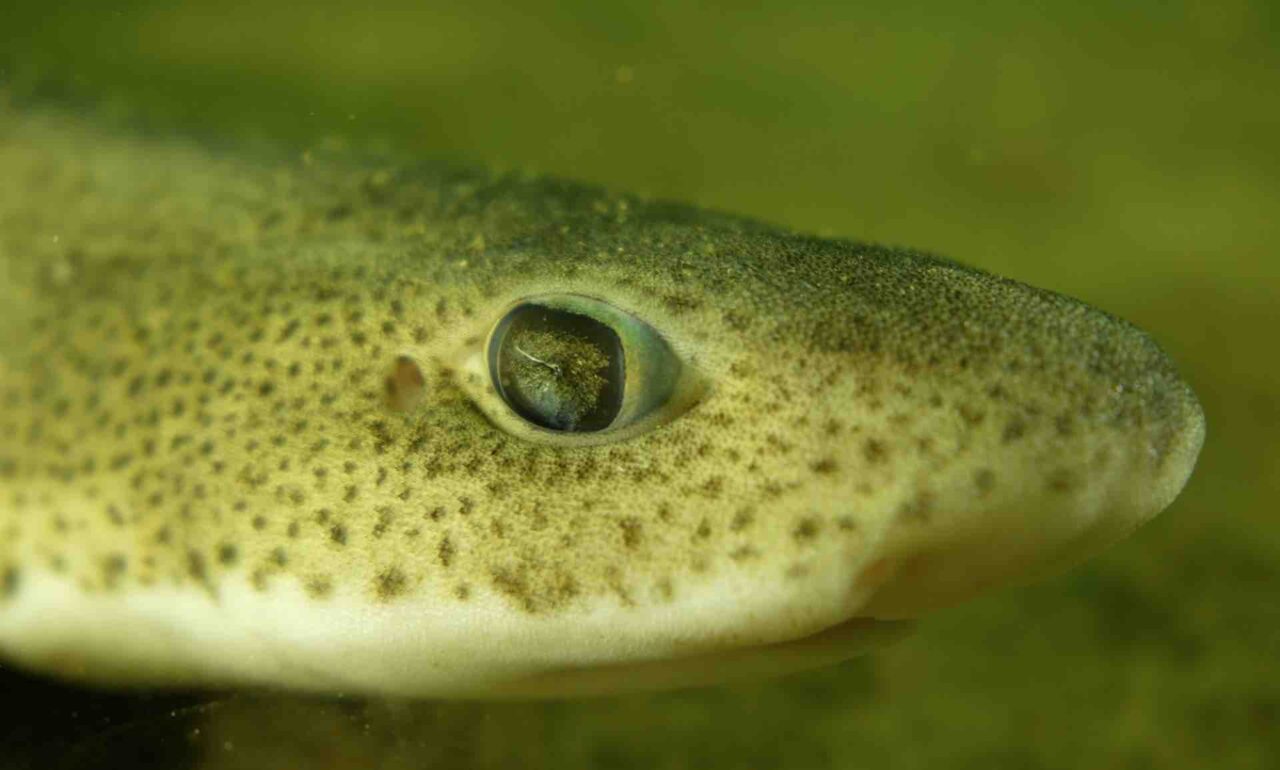
Indeed, we do have sharks in Sweden. Perhaps up to 17 different species! Some are, of course, very rare visitors to Swedish waters, while others live their entire lives in the same place.

On the rocks in Bohuslän live small, discreet shells with special properties. Snail-collecting scientists have now received clues about what is crucial for species' survival.
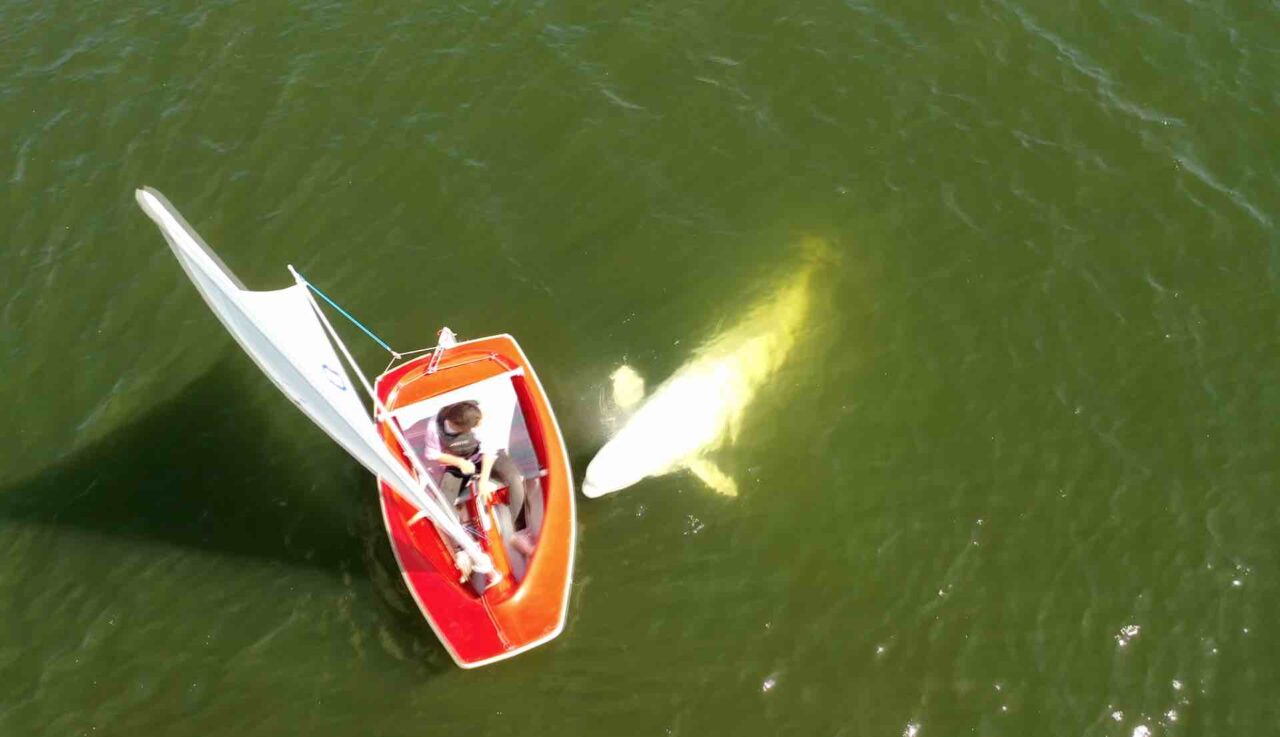
He has been seen in several places along the Swedish coast in recent days, but suddenly the alleged spy whale Hvaldimir appeard in the middle of Gothenburg's harbor.
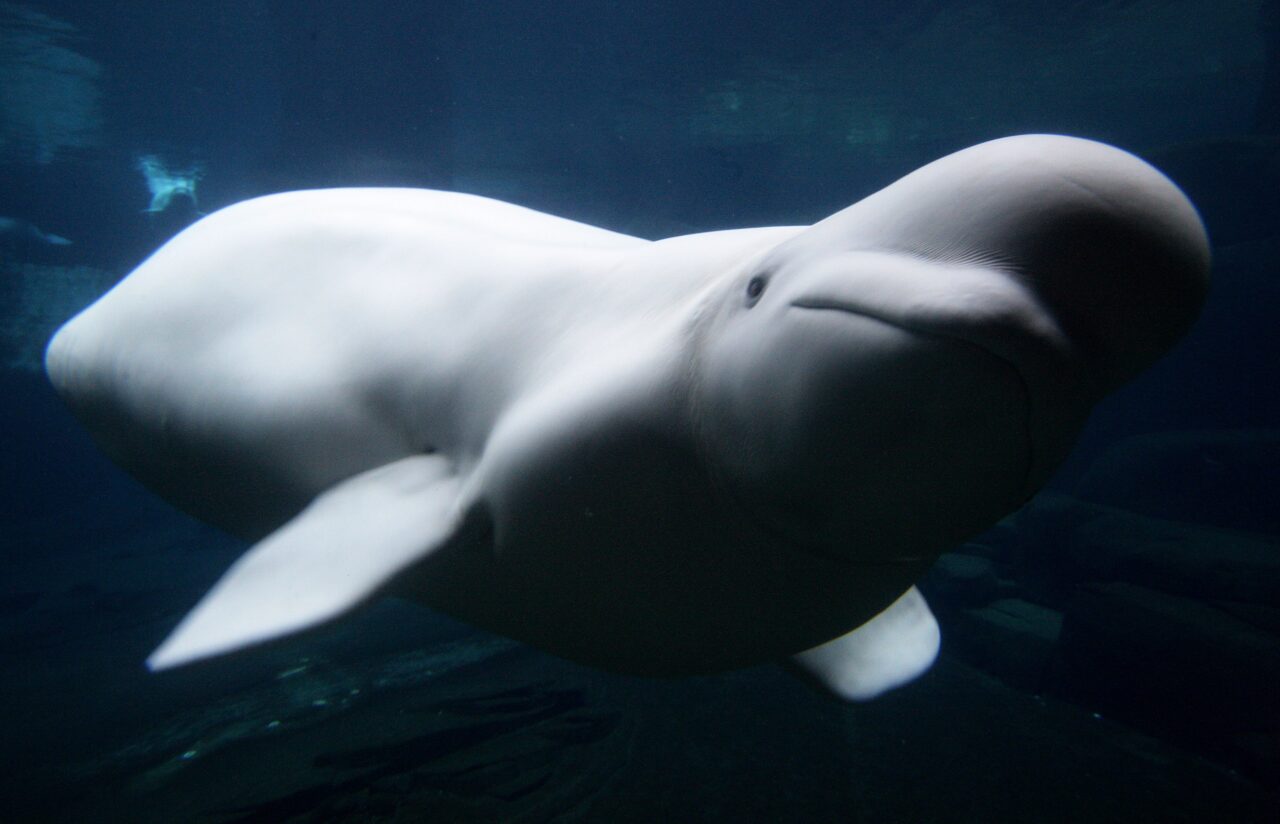
The beluga whale that caused a stir in Hunnebostrand could be Hvaldimir – a Russian "spy whale" that escaped from a mission, reports P4 Väst.
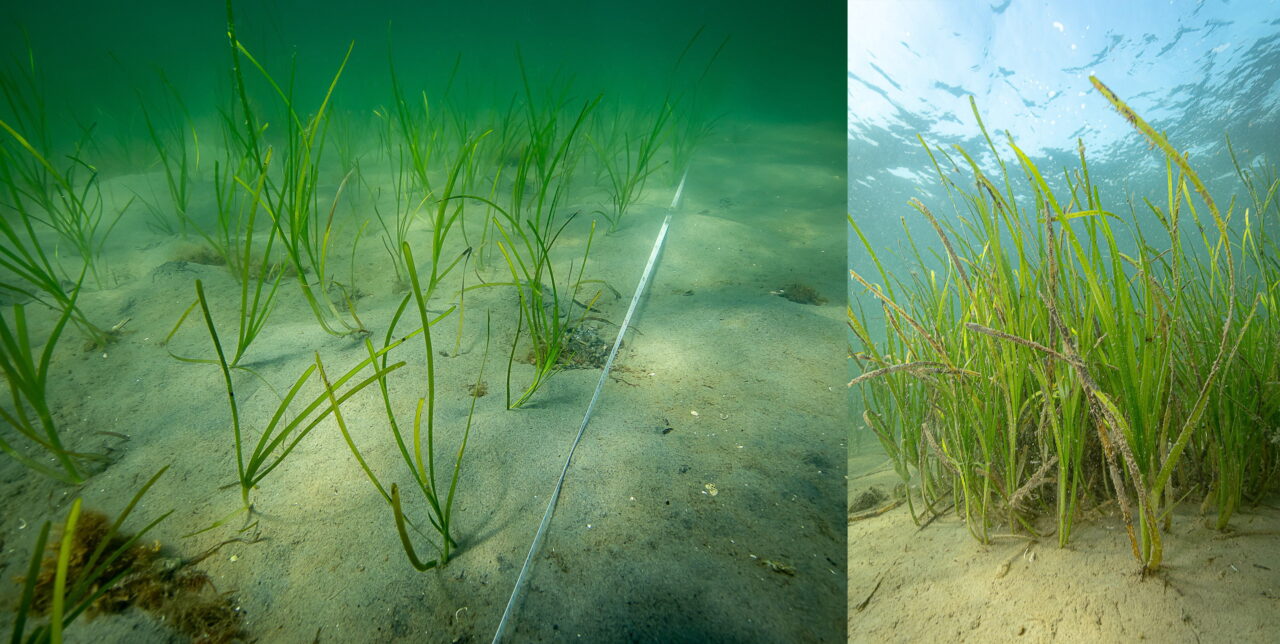
Planting new eelgrass in places where it had disappeared can do the trick for wildlife. About 80 percent of the invertebrates have returned in a project on the West Coast

80 years ago, the submarine Ulven sank in Gothenburg's archipelago. Hitler's mine meant the death of 33 Swedish sailors. Now the victims are being honored by both the Swedish Defence Force and relatives.
The Japanese Giant Oyster is larger than our domestic variety, and its edges are so sharp that medical services on the west coast have issued warnings to bathing tourists.
Mattias Sköld is a researcher at SLU Aqua in Lysekil. He has been involved in filming the seabed in marine protected areas, including in Bratten, on behalf of the Norwegian Sea and Water Authority (HaV).
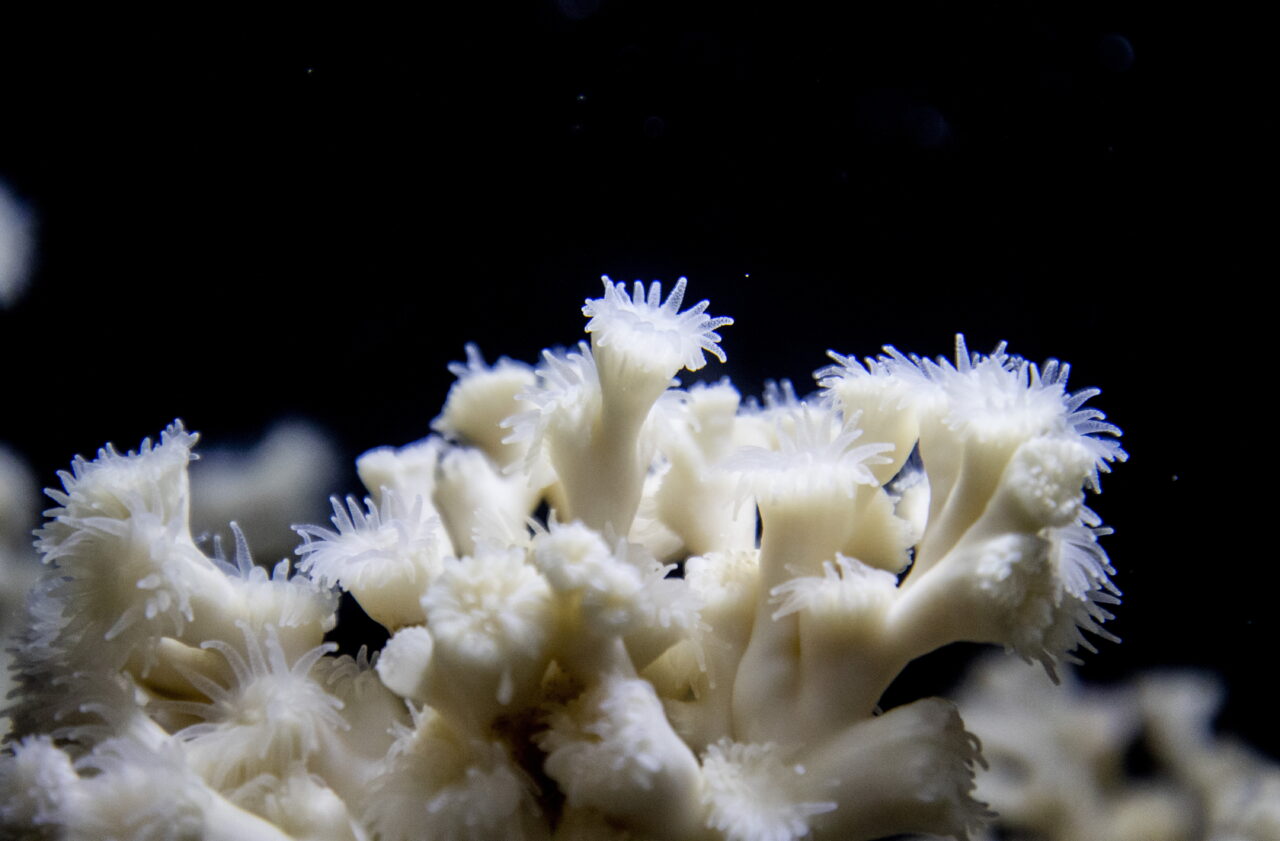
In the laboratory's aquariums, lush corals glow ghostly white in the dark. But out in the sea, below the surface, there is almost only gravel and dead skeletons left. Here are the scientists who will save Sweden's last coral reef.
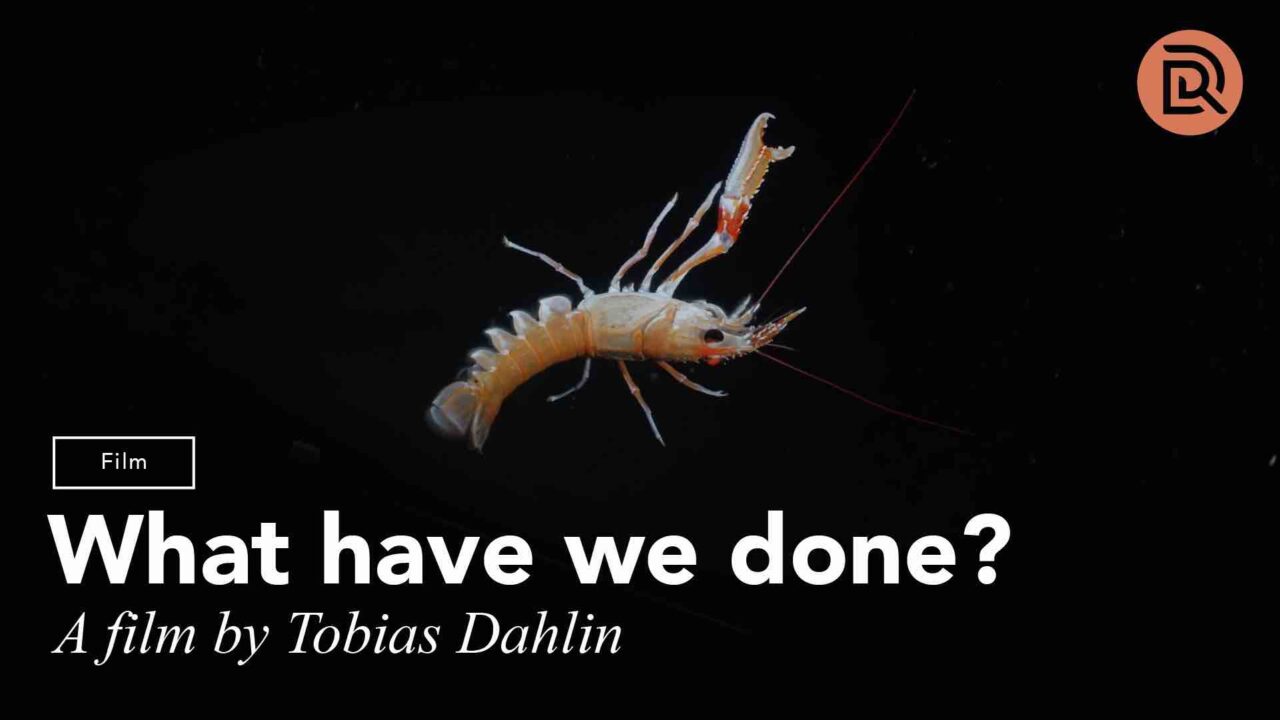
The film "What have we done?" which shows man's ruthlessness towards our oceans was praised and named "Honorable mention" in the international competition DPG/Wetpixel Masters 2022.

A vessel fishing in the Skagerrak caught a very unusual catch on Monday. The fishermen had caught a shark that none of them recognized. It finally turned out to be a bluntnose sixgill shark
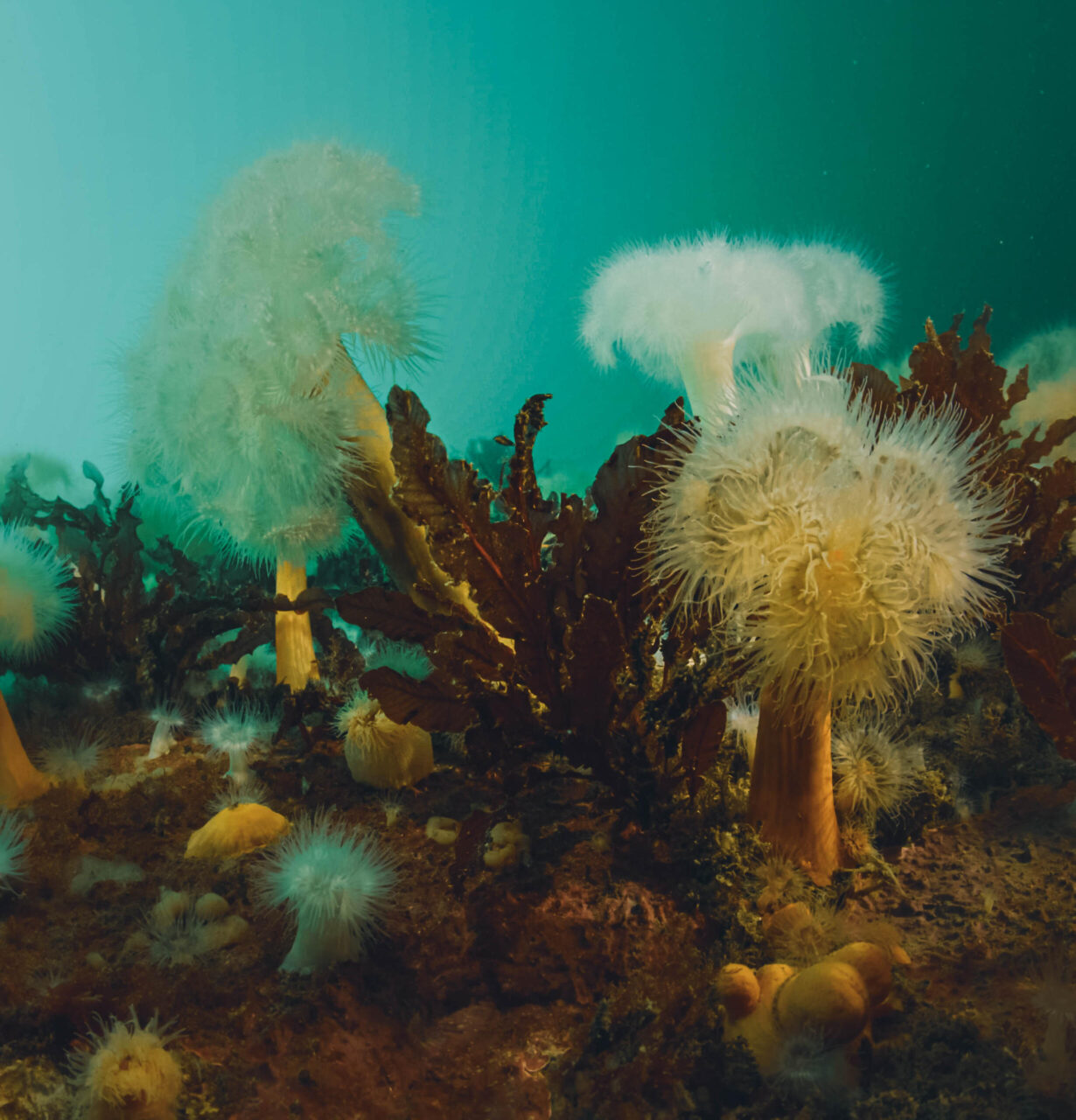
Six experienced underwater photographers join forces and film and photograph the unique underwater world. You visit the mythical Persgrunden and several places around Koster. Several of the divers have dived here before, but that was a long time ago
"I saw my first ray in Sweden six months ago, but then I unfortunately didn't have a camera with me. But this time I was really prepared...

The prosecutor leading the investigation into the shark slaughter in Lysekil's harbor now hopes to find the culprits. Paint residue on the sharks can lead to a conviction. Deep Sea Reporters/Tobias Dahlin's minute-long film sequence, which shows the shark massacre, has provoked very strong reactions. Hundreds of thousands of people in Sweden and the world have seen the film, and a large number have reacted with disgust to the way some professional fishermen treat marine animals, in this case protected sharks and rays
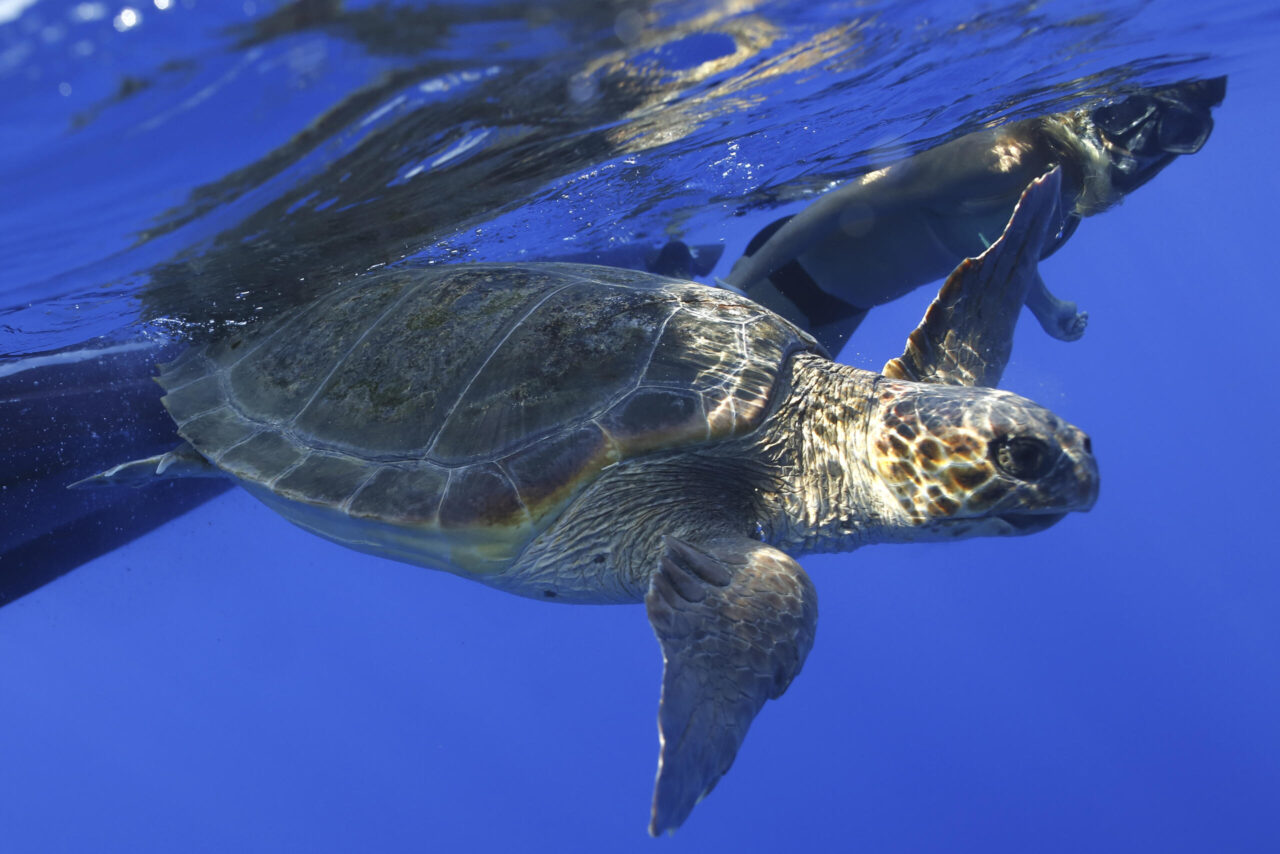
In January, a dead sea turtle washed up off Smögen - and turned out to be a species not seen in Sweden since the 19th century. Now the female turtle is autopsied and veterinarians have come up with two possible causes of death

After the discovery that around 70 protected porpoises were probably dumped from a fishing boat in the harbor of Lysekil, the coast guard has now started a preliminary investigation into fishing crime or serious fishing crime
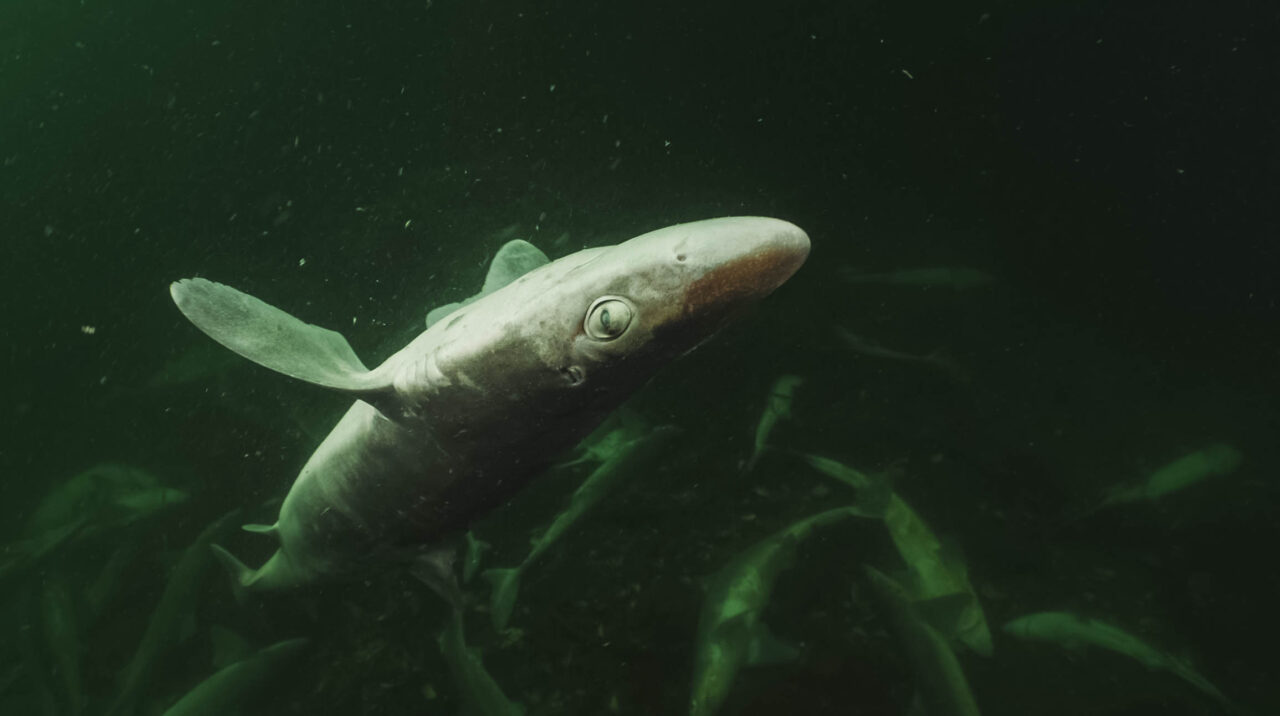
Deep Sea Reporters/Tobias Dahlin's minute-long film footage of the shark massacre in Lysekil harbour basin has provoked strong reactions. Hundreds of thousands of people in Sweden and the world have seen the film, and a large number have reacted with disgust at how some fishermen treat marine animals, in this case protected sharks and rays
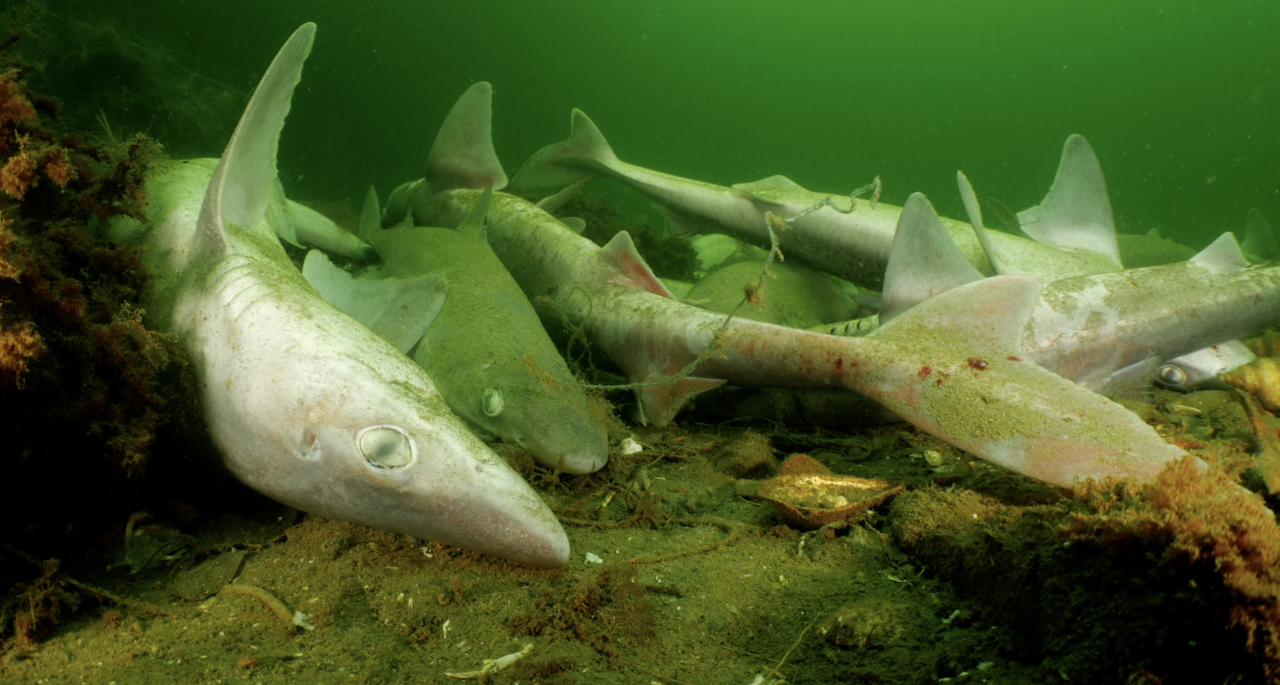
On the bottom of Lysekil Harbour on Sweden’s west coast lie around 60 dead and dying Spiny Dogfish and Rays. These animals are on the IUCN’s red list of endangered species